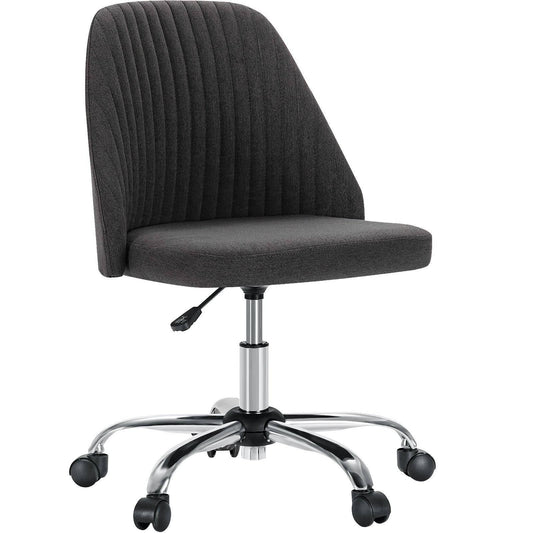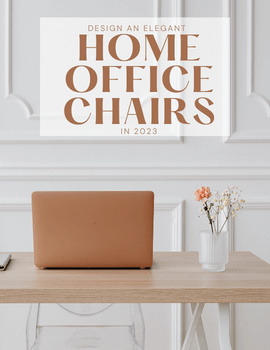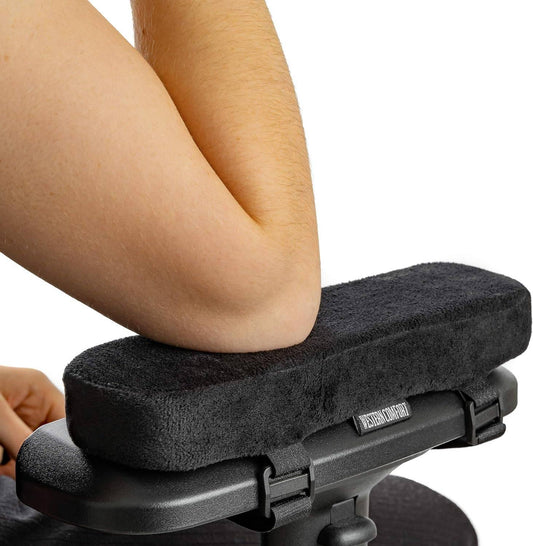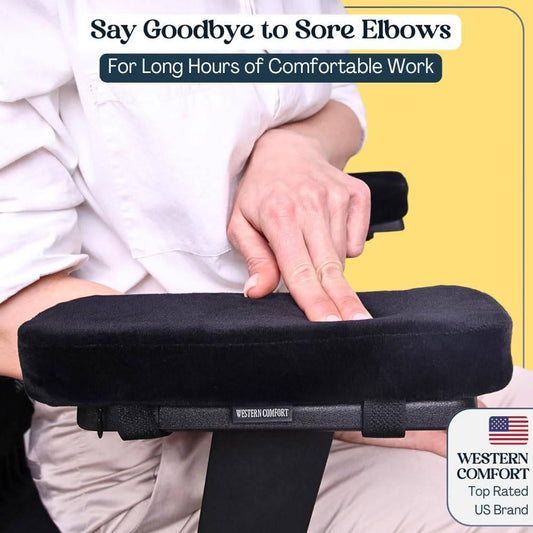Office Filing Cabinets for Organized Spaces
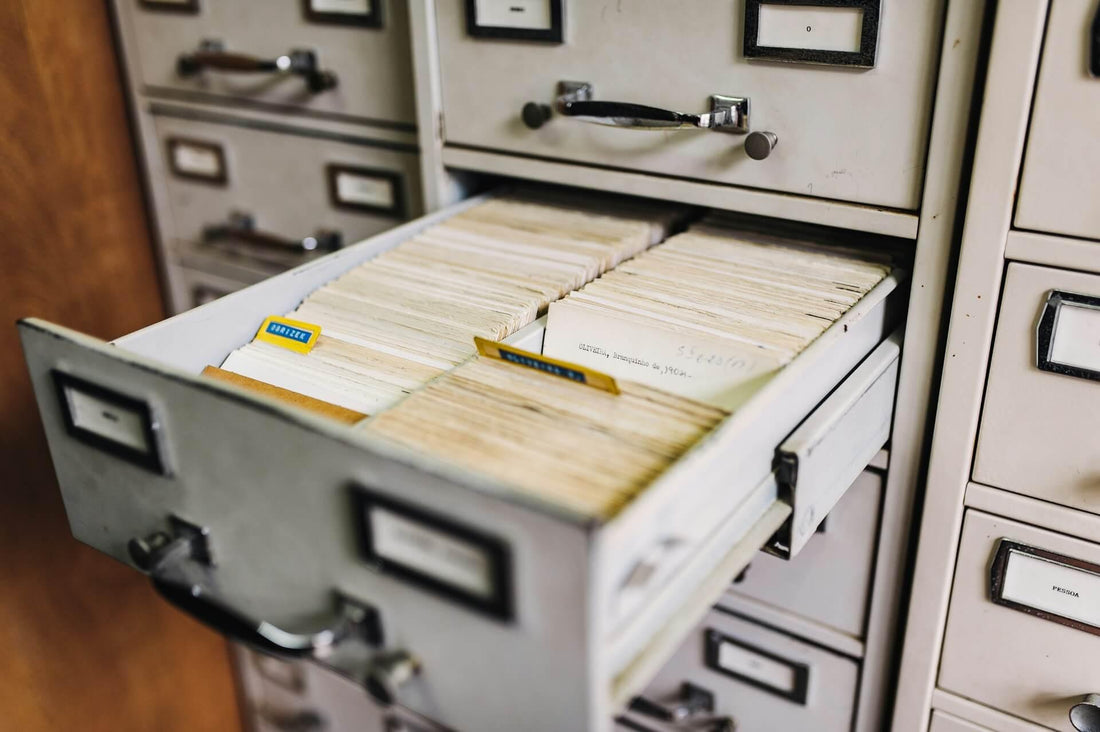
Office filing cabinets have been a staple in workplaces for decades, providing a convenient and organized way to store important documents and files. The concept of the filing cabinet can be traced back to the late 19th century, when the need for a more efficient way to store and access paperwork became apparent. Since then, filing cabinets have evolved in design and functionality, offering a variety of options to suit different office needs.
Benefits of using filing cabinets
Maintaining organization in the workplace is essential for productivity and efficiency. A cluttered and disorganized office can lead to wasted time searching for important documents, decreased productivity, and increased stress levels. Filing cabinets play a crucial role in keeping the office organized by providing a designated space for documents to be stored and easily accessed when needed.
Using filing cabinets in the office offers a wide range of benefits. Not only do they help keep the workspace organized, but they also protect important documents from damage, loss, or theft. Filing cabinets can also improve workflow by making it easier to locate and retrieve necessary files quickly. Additionally, having a designated space for documents can help reduce clutter and create a more professional and efficient work environment.
Types of Filing Cabinets
Vertical filing cabinets
Vertical filing cabinets are the most common type of filing cabinets used in offices. They typically have drawers that extend from the top to the bottom, allowing for easy access to a large number of files. Vertical filing cabinets are ideal for storing letter-sized documents and are often used for general filing purposes.
Lateral filing cabinets
Lateral filing cabinets offer a more efficient use of space in the office, as they can be placed against a wall or in a corner without obstructing walkways. The wide drawers of lateral cabinets make them perfect for storing letter-sized documents horizontally, making it easy to see and access files at a glance. This type of cabinet is also popular for its ability to keep files organized by category, with each drawer dedicated to a different type of document.
Mobile filing cabinets
Mobile filing cabinets offer a convenient solution for those who need to move their files from one location to another frequently. These compact cabinets are equipped with wheels, allowing them to be easily rolled to different areas of the office as needed.
Mobile filing cabinets often feature smaller drawers, making them ideal for storing personal items or frequently accessed documents. Additionally, some models include a cushioned top that can double as a seat, providing additional workspace in small or shared office environments.
Overall, mobile filing cabinets are a versatile and practical storage solution for offices with limited space or for employees who need to work in various locations throughout the day.
Features to Consider when Choosing a Mobile Filing Cabinet
Material
The material of the filing cabinet is an important factor to consider when making your selection. Common materials for filing cabinets include metal, wood, and plastic.
- Metal cabinets are durable and secure, making them a popular choice for offices with high security needs.
- Wood cabinets offer a more traditional look and can add a touch of elegance to your workspace.
- Plastic cabinets are lightweight and affordable, making them a practical option for smaller budgets.
Consider the aesthetic appeal, durability, and security features of each material before making your final decision.
Locking Mechanism
Many cabinets come with built-in locks to keep your important documents safe and secure. Some cabinets may also have options for additional security features, such as electronic locks or combination locks. It is important to assess your security needs and choose a filing cabinet with a locking mechanism that meets those requirements.
Additionally, consider the ease of use and accessibility of the locking mechanism to ensure that it does not hinder your daily workflow.
Size and Capacity
Make sure to assess the amount of documents you need to store and choose a cabinet with enough space to accommodate them all. Additionally, consider the dimensions of the cabinet to ensure it fits in your office space without being too bulky or taking up too much room.
Some cabinets also come with adjustable shelving options, allowing you to customize the interior layout to fit your specific storage needs. When selecting a filing cabinet, be sure to take into account both the security features and the size and capacity to find the perfect fit for your office.
Conclusion
When organizing your office filing system, it is important to consider the space available in your office and the amount of files that need to be stored. Adjustable shelves can provide flexibility as your storage needs change. In addition, implementing a labeling system with color-coded labels and regular maintenance by purging unnecessary documents and cleaning the cabinets will help keep your filing system organized and efficient.
By following these tips, you can create a well-organized and functional filing system that meets the specific needs of your office.



